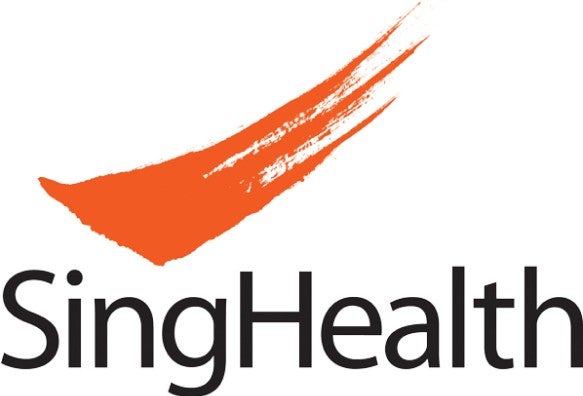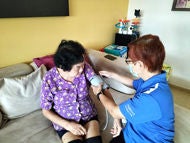What is - Retinopathy of Prematurity
Retinopathy of Prematurity (ROP) is a disorder of the eye that occurs in premature babies. It is caused by the abnormal development of blood vessels in the retina (the tissue that lines the back of the eye) of an immature eye. When severe, these abnormal blood vessels can leak and pull on the retina (the thin photosensitive layer at the back of the eye), resulting in a retinal detachment and visual loss.
Symptoms of Retinopathy of Prematurity
Generally, there are no symptoms in the early stages of ROP. In severe stages, vision can be affected and hence screening is important as babies will not be able to report any symptoms.
Retinopathy of Prematurity - How to prevent
ROP only occurs in premature babies and in Singapore, babies younger than 32 weeks and smaller than 1500g will require regular eye screening during the first few months of life. Careful monitoring and optimization of oxygen levels may also reduce the risk of severe ROP. Screening is important as treatment when required, can reduce the risk of progression to more severe disease and visual loss.
Retinopathy of Prematurity - Causes and Risk Factors
Babies born before 32 weeks of gestation with a birth weight of less than 1500g are at risk of developing ROP. The smaller the baby is at birth, the higher the risk of developing ROP. Other concurrent medical conditions and fluctuations in oxygen supplementation can also increase this risk.
Diagnosis of Retinopathy of Prematurity
The presence, severity and extend of ROP is determined by clinical examination via a dilated retinal examination.
Treatment for Retinopathy of Prematurity
Treatment for ROP depends on the severity and extent of ROP. This is described in stages 1-5 (stage 1 being the least severe and 5 being the most severe), and in zones (zone 1 is the closest to the centre of the retina and zone 3 is the furthest).
- Laser treatment to the immature retina, or
- Intraocular injection of a medication (anti-VEGF) which reduces the formation of abnormal blood vessels within the eye.
Contributed by
The information provided is not intended as medical advice. Terms of use. Information provided by SingHealth.
Get to know our doctors at SingHealth Hospitals in Singapore.
Get to know our doctors at SingHealth Hospitals in Singapore. here.




















